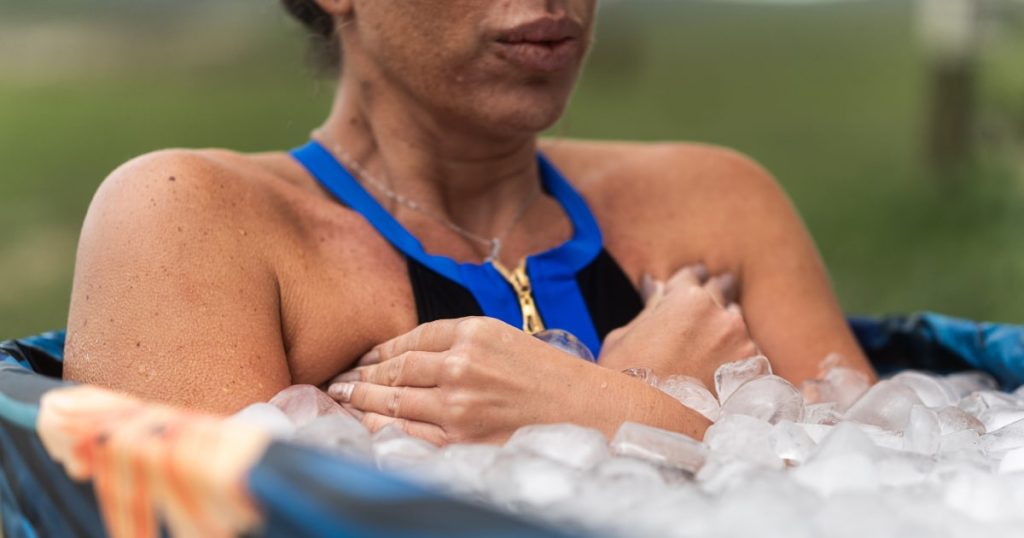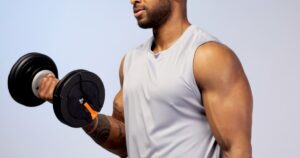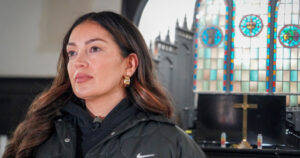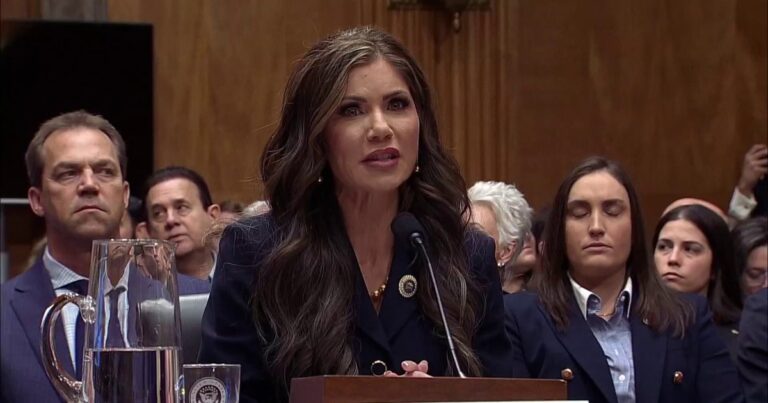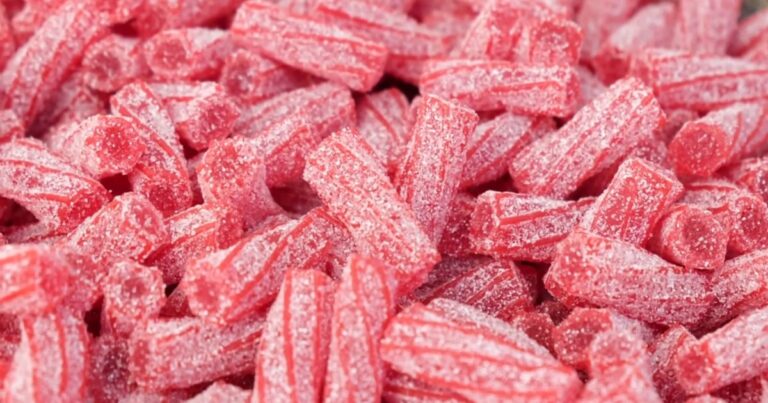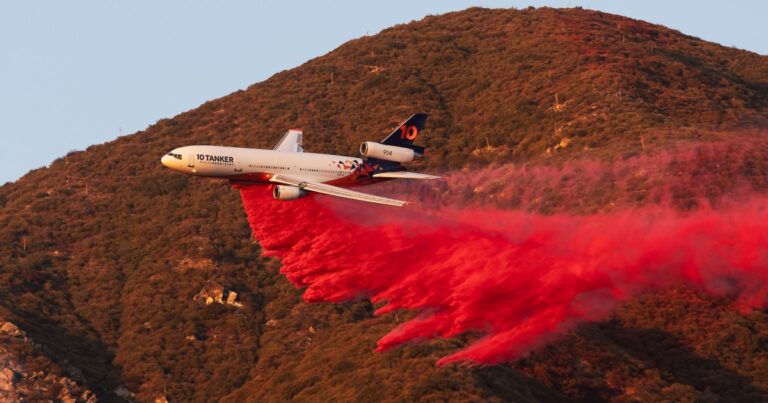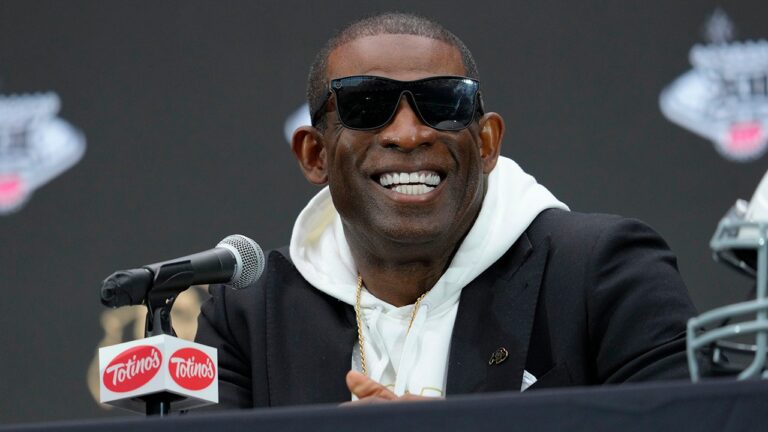
Ice baths after exercise are hot, especially among influencers.
But a new small study suggests that recreational athletes perform better if they soak in a hot tub rather than a frigid one, especially if there are breaks in their workouts, such as halftime in football and soccer, according to a report presented Thursday at the 2024 Integrative Physiology of Exercise Conference in University Park, Pennsylvania.
When you exercise vigorously, muscle fibers are damaged and the hot water can increase blood flow, which helps the muscles repair themselves and become stronger, said the study’s lead author, Mamoru Tsuyuki, a master’s student in sports and health science at Ritsumeikan University in Shiga, Japan.
“Also increasing muscle temperature is going to help improve power output,” Tsuyuki told NBC News in a Zoom call. “When you need to perform twice in the same day, such as in sports that have a halftime, heat is better. During the 15 or 20 minutes, if you can immerse yourself in hot water, you can probably perform better in the second half.”
That doesn’t mean there’s no value in icy soaks, Tsuyuki said, adding that other studies have shown that the frigid water can relieve muscle soreness. Moreover, ice is best if there is an injury.
Tsuyuki said he’d like to see more research comparing the benefits and disadvantages of both temperature soaks.
“We used endurance running, but the results might be different with other types of exercise,” he added.
Why is a hot soak better?
To take a closer look at the impact of hot and icy soaks, Tsuyuki and his colleagues rounded up 10 young men to perform in a three-part study.
The men performed 50 minutes of high-intensity interval running and then soaked for 20 minutes in a 59-degree tub; a 104-degree tub; or sat without immersing themselves in water.
All 10 men experienced all three conditions during the study.
One hour after the initial workout, the study volunteers were asked to jump as high as they could from standing and squatting positions. The height the men attained when jumping was lower after a cold soak than a hot one.
There was no difference in muscle soreness whether the men soaked in cold or hot water.
“Ice baths are super trendy,” said Aimee Layton, an associate professor of applied physiology at Columbia University Vagelos College of Physicians and Surgeons in New York City. And “when you have an injury with heat and inflammation, the cold feels good. If you sprain an ankle, you want to put ice on it.”
But if you are not injured and just had a hard workout, cold can be detrimental, Layton said. “It constricts blood vessels and can cause the muscles to tighten,” she added.
When you work out vigorously, you get micro-tears in the muscles, Layton said. “It’s what tells your body you need more muscle in the area to make it stronger for the next time,” she said. “Hot water can increase circulation and may promote the recovery process.”
The temperature question can be complicated, said Dr. Spencer Stein, an assistant professor of orthopedic surgery at the NYU Grossman School of Medicine who specializes in sports medicine. “I wouldn’t throw out cold baths,” Stein said. “There are studies that show cold baths can decrease soreness.”
Still, “my experience with pro teams is they like warm baths before games,” he said. “If there’s a halftime, they don’t do a cold plunge.”
Which temperature of water works best for an athlete depends on a number of factors, said David Putrino, director of rehabilitation innovation at the Mount Sinai Health System in New York City. Both can have an impact on blood flow to the muscles.
Hot water improves blood flow, which can carry away waste products associated with exercise, Putrino said. Cold, on the other hand, can improve blood flow in some athletes by activating the fight-or-flight response.
And that’s where the nuance enters.
“If an athlete hates to be dumped into an ice bath and clenches up and starts shivering, you get the opposite effect,” Putrino said. “Someone who really doesn’t mind the cold at all can relax into an ice bath.”
There are people who love to do the cold plunges because they feel energized when they get out of the water, Putrino said. “Once they get out, their body is flooded with endorphins, the feel-good chemicals, and they get an immense rush of energy,” he explained.
“My recommendation is to use your own data to understand what works for you,” Putrino said. “Don’t believe what you’re hearing on podcasts.”
For a hot water soak, Putrino suggests:
- 10 to 20 minutes at 98 to 104 degrees Fahrenheit.
The optimal amount of time for ice water immersion is:
- 10 to 15 minutes at temperatures ranging from 50 to 59 degrees.
For people trying a cold soak for the first time, 5 minutes can be beneficial.
Whether you’re a fan of cold or hot, experiment and keep track of which temperature soak helps you recover the quickest, Putrino said.

